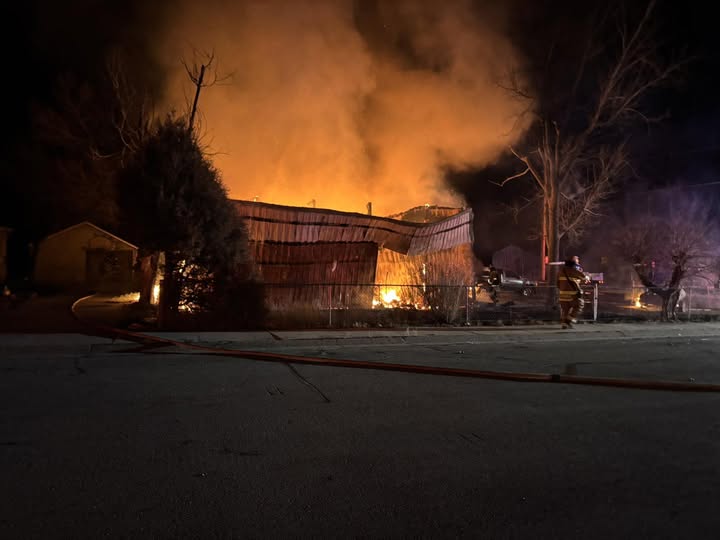SIOUX FALLS – United States Attorney Alison J. Ramsdell announced that today, May 9, is National Fentanyl Awareness Day.
One year ago, on the first National Fentanyl Awareness Day, the Drug Enforcement Administration (DEA) opened the Faces of Fentanyl exhibit at DEA Headquarters—a wall that displays the photos of those who have lost their lives to fentanyl poisoning. The memorial started with 100 photos; over the past year, Americans from across the country have sent DEA more than 5,000 photos. It reflects the reality that fentanyl is killing Americans from all walks of life, in every state and community in this country. The youngest person on the wall is 17-months old. The oldest is 70 years old.
“Fentanyl is the greatest threat to Americans today. It kills more Americans between the ages of 18 to 45 than terrorism, than car accidents, than cancer, than COVID. It kills nearly 200 Americans every day. And the number of children under 14 dying from fentanyl poisoning has increased at an alarming rate,” said DEA Administrator Anne Milgram.
“The two drug cartels responsible for bringing fentanyl into the United States—the Sinaloa and Jalisco cartels—are intentionally driving addiction by selling fake pills and hiding fentanyl in other drugs, and they are reaching our kids through using social media platforms. I encourage you to use this day to talk to your families about the dangers of fentanyl and have an important conversation with your kids about who they are communicating with on social media.”
DEA urges the public to be vigilant about fentanyl and the deadly threat it poses:
• Fentanyl is a synthetic opioid that is approximately 50 times more potent than heroin and 100 times more potent than morphine. Just two milligrams—the equivalent of a few grains of salt—can kill a person.
• Fentanyl comes in two forms: pills and powder. The Sinaloa and Jalisco cartels are hiding fentanyl in fake pills that look like oxycodone, Xanax, and Percocet. The cartels are also mixing fentanyl powder in with cocaine, heroin, and methamphetamine. This is why many of the people poisoned by fentanyl had no idea they were even taking it.
• The cartels and their members and associates are using social media applications— including Facebook, Instagram, TikTok, and Snapchat—and encrypted platforms— including WhatsApp, Telegram, Signal, Wire, and Wickr—to sell pills and powders that are advertised as something else but actually have fentanyl inside.











